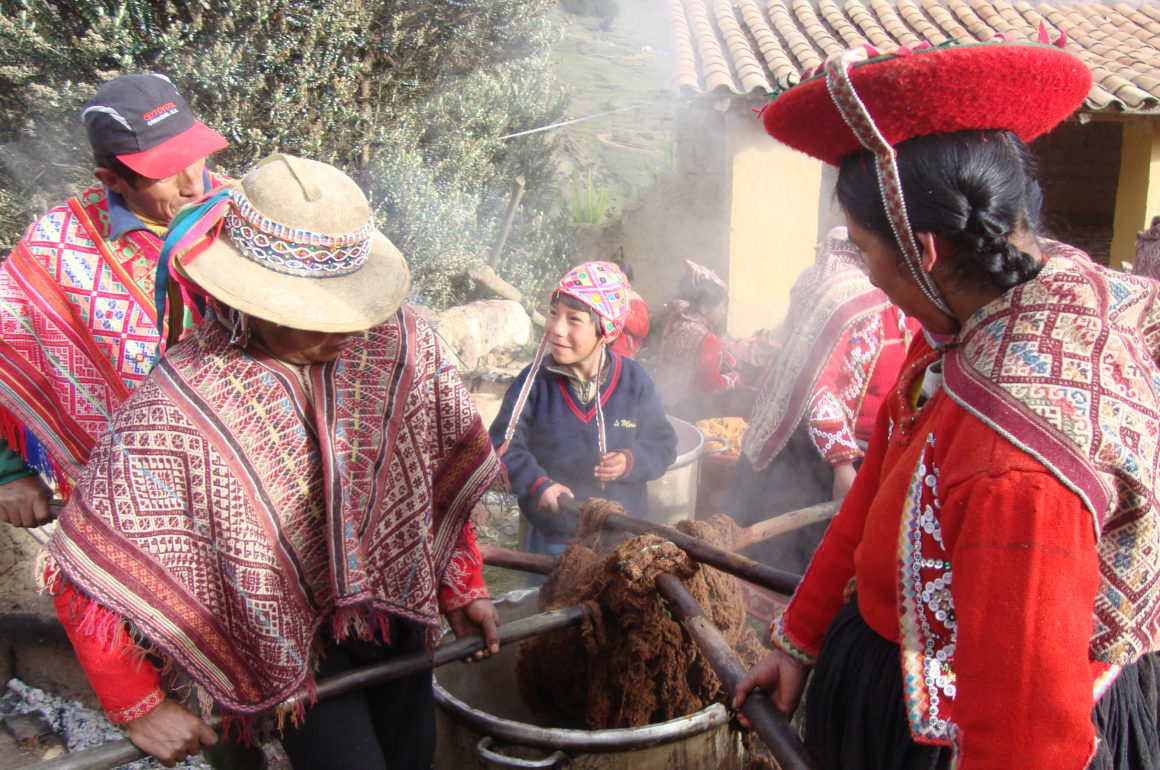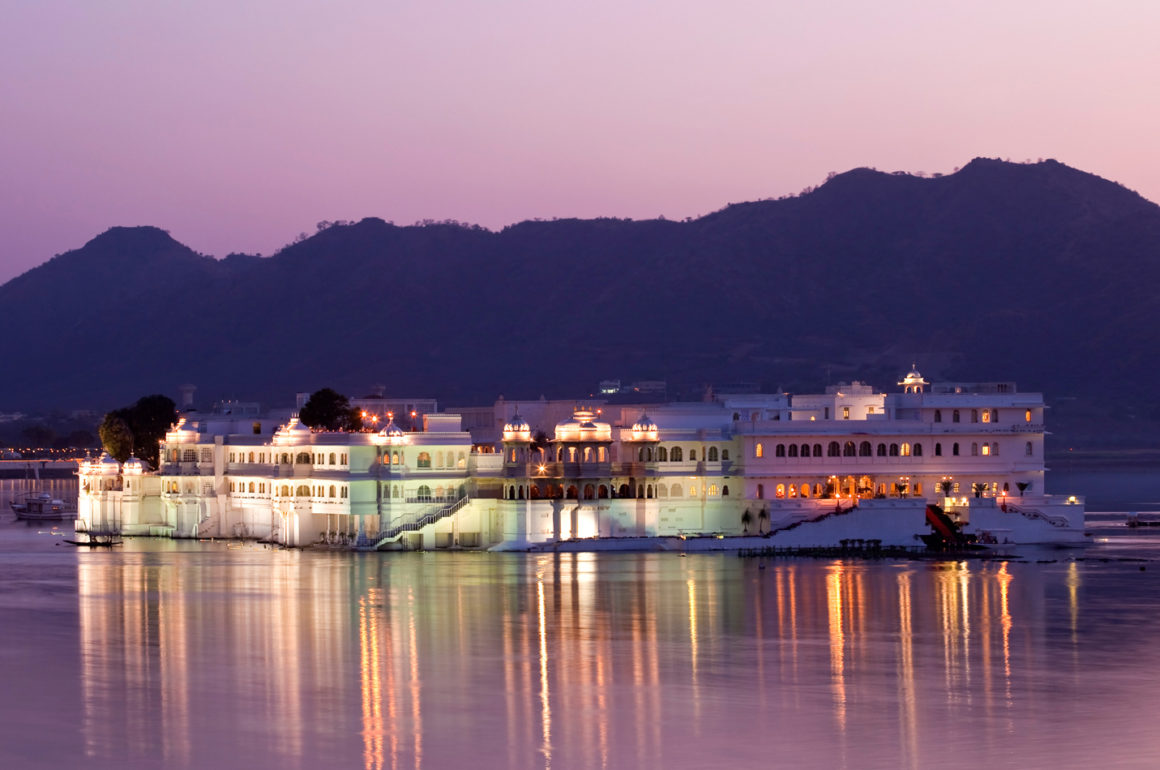Among the many high-end touches to Luxury Gold’s journeys, from fine dining to ultimate-access cultural experiences, guests can expect to stay in exceptional hotels. In Portugal’s untapped Alentejo region, in the central part of the country, this might look like staying at an enchanting convent – now a luxury hotel – with roots as far back as the 1300s AD.
Convento do Espinheiro in Evora, Portugal, was for centuries the home of monks belonging to the order of St Jeronimo. Now it welcomes culturally curious guests, who can tour its labyrinthine, whitewashed chapels, explore idyllic grounds and gardens and even eat in the monks’ old cafeteria. Guests will enjoy a stay here on Day 10 of our Spain & Portugal in Style journey. Concierge Ricardo walks us through some of the highlights.
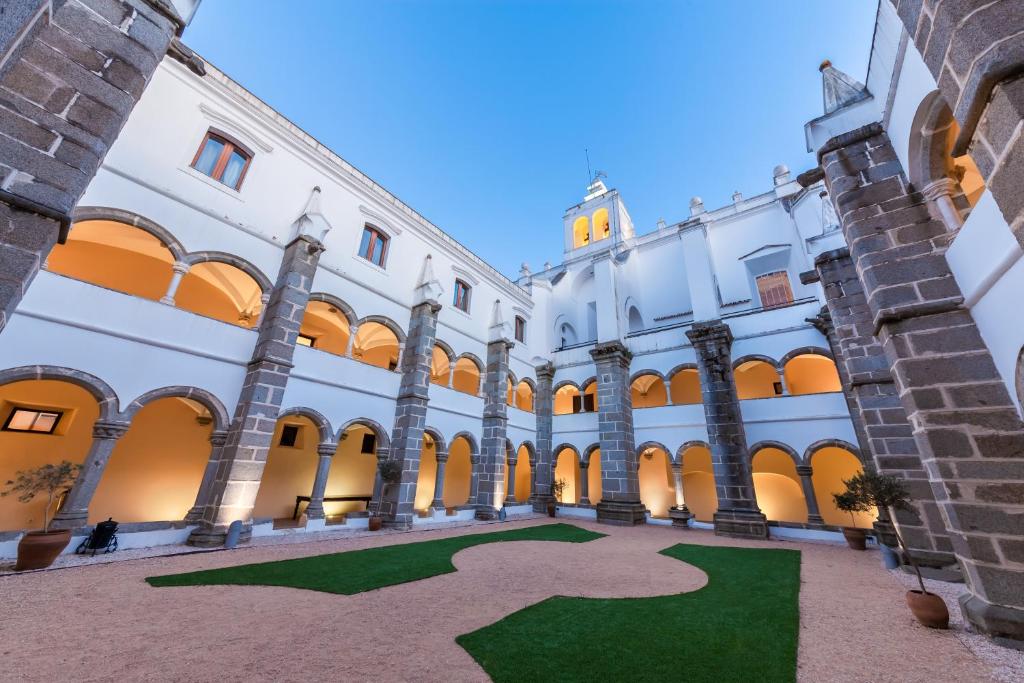
The cloisters at Convento do Espinheiro Portugal
It started with a vision
“The spiritual origins of the church of Our Lady of Espinheiro date back at least to the 14th century,” explains Ricardo. “In the small chapel where the main altar is found, were documents that prove the existence of a religious cult here since 1365. Legend has it that, years before this, a shepherd had seen an image of Our Lady above a thorn bush (‘espinheiro’) here, which was on fire but not consumed by the flames – it’s reminiscent of the archetype of the burning bush, which Moses found in the desert.
“Convento do Espinheiro was founded with the authorization of the Pope in 1457, and handed over to the monks of the order of St Jerome. A religious community of 12 monks settled here on 2 September 1458, once the physical works on the monastery were complete.”
We also think you’ll like: How to Spend 48 Hours in One of Norway’s Most Scenic Hotels
Exquisite chapels
“The church is rich in works of art, especially in the side and main chapels,” ays Ricardo. “As well as the paintings, many by Frei Carlos – a Flemish monk who professed here – the church is also rich in azulejo tile panels, which tell the life story of St Jerome. In the Capela do Senhor Morto, you’ll see some empty frames, which once held paintings by Frei Carlos which were sacked during the French invasions.
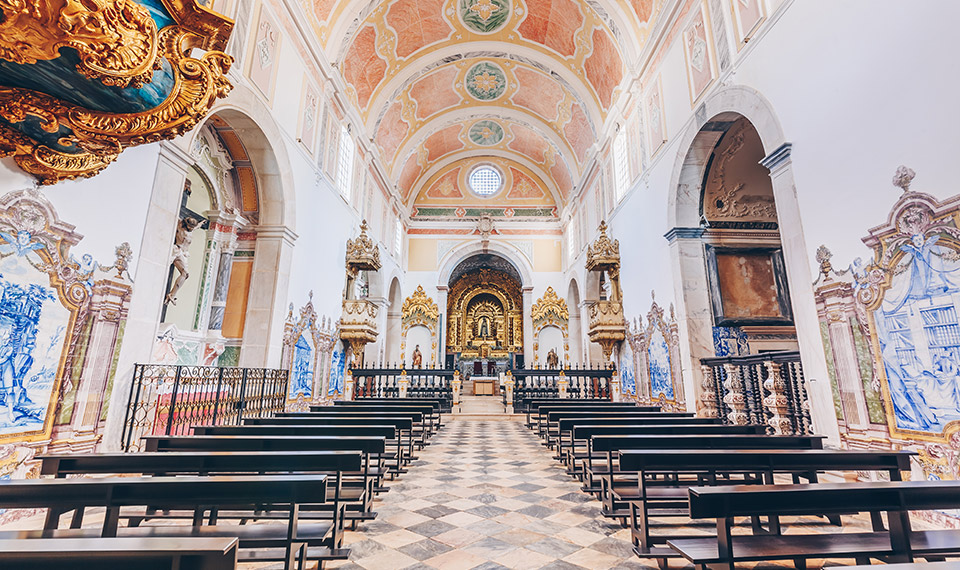
“The choir loft was where the monks gathered to sing psalms, and beside it is the organ – one of the most magnificent pieces in the Alentejo region. It was produced by the famous Italian organ maker Pascoal Oldovino around 1757. The same year, an agreement was made with the monks: annual payments in exchange for an organ concert before community festivities. The payment was 20 bushels of wheat each August, a pig and a cartload of firewood.”
We also think you’ll like: These Hotels Put a Five-Star Spin on Peruvian History
The monks’ refectory
“Here the two most awaited feasts were held annually, on Ascension Day and 29 September, the day of the patron saint Jerome. A cook was hired especially for these occasions, fresh fish and shellfish were ordered from the port of Sesimbra, and the best chickens and game killed and prepared. Desserts were prepared using plenty of eggs and sugar. These days were exceptional, because the monks mainly lived by the rule of abstinence.
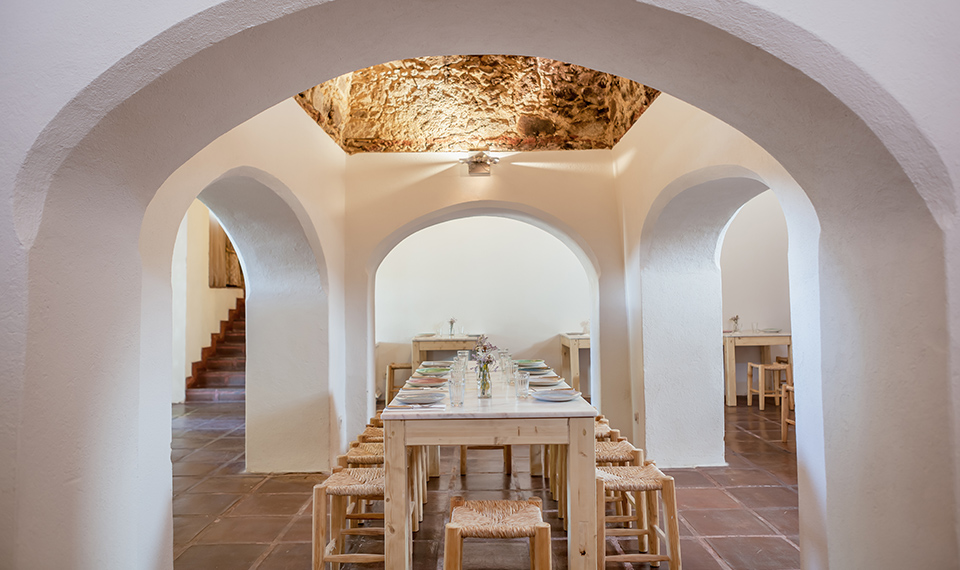
“Taking a tour of Convento do Espinheiro’s kitchens today, you can see the great chimney where all of the ingredients were cooked, especially beef. This is one of the best-preserved 16th-century monastic kitchens in all of the country, and its vault is one of a kind. It has a bread-baking oven where our guests still witness the tradition of Alentejo baking.”
We also think you’ll like: Timeless Charm: A Guide to Lisbon’s Most Famed Historic Hotels
A very royal scandal
Portugal’s historic royalty and noblemen have stories bound up in Convento do Espinheiro, too, Ricardo explains. “Not only the Portuguese royal family, but also many noble families are buried here, as was their wish. You can explore the chapel of Garcia de Resende, [a great poet and storyteller in Portugal] who designed his own tomb here before his death in 1536.
“Spain’s Princess Isabella of Aragon also spent a night at the Convento after she was brought to Portugal to marry the country’s Prince Afonso. On the eve of the royal wedding, the princess was visited by a party from the Portuguese royal court – or so writes Garcia de Resende. He tells us that the bride and groom met in her room at the convent, and on the same night a storm caused one of the building’s battlements to fall onto the roof of the couple’s room – a sign of displeasure from the heavens. The monks immediately took this as a sign of misfortune. A few months later the prince was actually killed as the result of a fall from his horse in the Santarem region.”
Touring the building
During a stay here, a historic tour from in-the-know staff will give you a fascinating overview of the historic golden era of this monastery. A guided tour by one of the hotel’s concierges is included in your stay, available at 5.30pm each evening. “In the ancient cistern, we see King John II’s coat of arms above the door, under the vaulted ceiling, as well as a pelican which was his personal symbol. The construction of a water cistern was one of the first works done in the monastery.
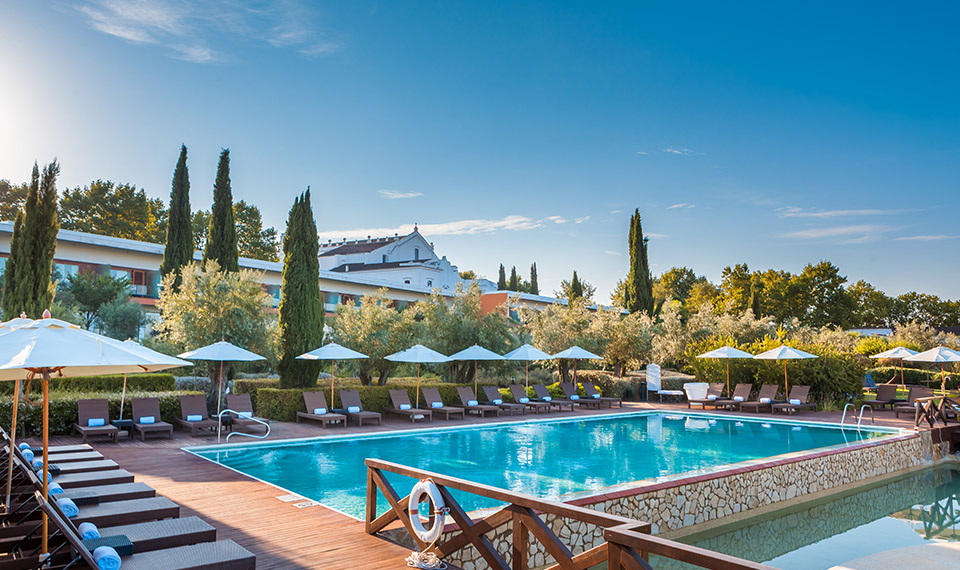
The gardens are also a highlight, says Ricardo. “The convent’s estate is a vast area of grounds with extensive farmlands and olive groves – one of them over 1,000 years old. It has witnessed a great amount of history and still produces olives. We annually pick the olives from which our olive oil is made.” Even the ancient cellar is utilised. “The monks’ ancient cellar is where wine and olive oil were produced and stored in large clay pots like the ones found here. Today it is our main restaurant, Divinus, where the delicious flavors of Alentejo gastronomy may be savored.”



